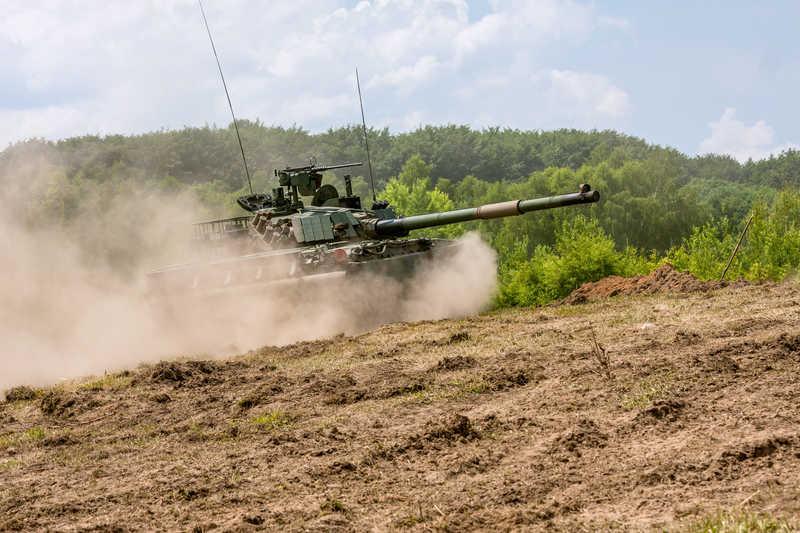How Poland Just Lost to Russia in a Massive Wargame (And What It Means)

Originally published by The National Interest
Poland’s Ministry of Defense sought to see how its forces would fare in the event of an all-out Russian invasion. It didn’t go well.
Last month, Polish forces suffered a crushing defeat in a wargame called “Winter-20.” It sought answers to what could happen were Russia to throw all of the military might it has in its Western Military District against Poland.
Latest posts by John Rossomando (see all)
- Biden channels Neville Chamberlain as Putin threatens Ukraine - December 10, 2021
- John Rossomando – The sequel to Kabul? - December 8, 2021
- COVID vaccine mandate proves Biden administration doesn’t care about military readiness - December 3, 2021
